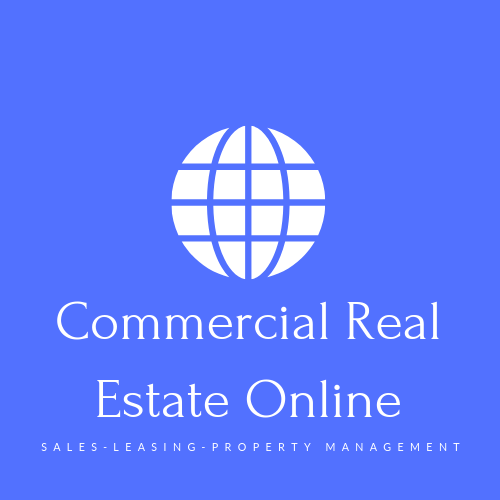
It is one thing for your client to purchase a property with the tenant in occupation. It is another for them to purchase a high quality investment with an excellent lease covenant and a high quality tenant.
The fact of the matter is that lease documentation will support the investment and on that basis the lease documentation should be analyzed for opportunity together with the tenant(s) before your client purchases the property.
What do they want?
Most clients looking to purchase a property will focus on a property and its location first and foremost. They may look into the basic facts of the lease structure and strategy across the tenancy mix, but rarely will they read the lease document itself as it applies to each and every tenant. That is where you can add value and provide commentary relating to the investment over time as that investment may be supported from and through the lease documentation. In a complex property with plenty of tenants in occupancy, that is then a real service and something that should be provided to your best clients.
So the message here is that you can find the right property for your clients in your local area taking into account the complexity of the tenancy mix and the lease documentation. You can determine and understand the investment benefits that the lease documentation in any property will provide to your clients over time.
Lease Facts to Know
Here are some ideas to help you do exactly that:
- RENTS: Understand the rental structures and strategies that apply to the lease document. Compare those rental structures to the prevailing market conditions. The type of rental will also have an impact on the outgoings recovery be that as a net rent or as a gross rent. Exactly how can the landlord recover the outgoings from the property given the prevailing market conditions and the existing lease documents? Should any of the existing leases be replaced with better documents when the next lease negotiations arise?
- RISKS: Are there any risk exposures within the tenancy mix? Risk will usually be created through a future threat of vacancy, or an existing vacancy exposure. You can deal with these problems through planning tenancy placement and negotiating leases well in advance prior to expiry.
- COSTS: Assess the levels of outgoings as they apply to the particular property under consideration by your client. How do those outgoings compare to the industry averages for the property type in the location? Look at the history of outgoings expenditure within the property over the last few years. Look for patterns of expenditure and make sure that the costs to run the building are genuine and real.
- MAJOR CAPITAL COSTS: Whilst ordinary running costs will likely be recoverable through the various types of lease rental and documentation, major capital expenditure items will not be recoverable in that way; they are a property owner cost. On that basis you can review the property for upcoming items of major capital cost outlay. Will your client have sufficient funds to cover such a capital expenditure in the timeframe required for renovation or rectification?
So there are some good things that you can do here when it comes to helping your clients with lease documentation and property selection. You could help them understand the way each and every lease document will work as part of their overall investment performance and result.
Look for the strengths and weaknesses in lease documentation as it applies to investment property today. Show your client exactly how they can benefit from a well negotiated lease and a high quality tenant.
(N.B. these ideas are also sent out to regularly to our friends in Commercial Real Estate Online Snapshot to help amplify brokerage results…. Get your access here)


You must be logged in to post a comment.